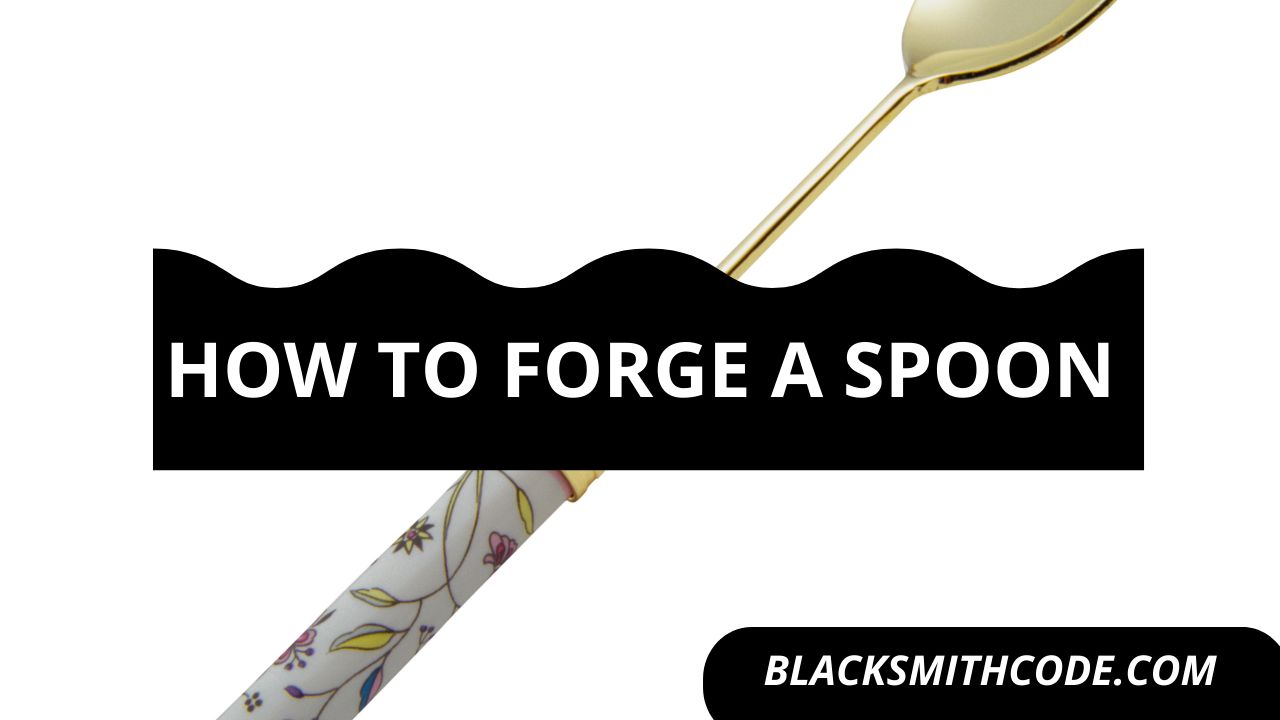Are you curious about how to forge the best rings? Then you are a step away from learning how
to do this.
Learning how to forge rings is a priceless asset to blacksmiths. Forging rings is one of the
necessary procedures in blacksmithing. Aside from the fact that the ring is an excellent
commodity in the commercial market, it is also a valuable accessory.
There are different types of rings and how to make them varies slightly. In this guide, we will
maintain focus on the most general method for diverse kinds of rings. Here are easy steps that
will help you forge rings.
Instructions on how to forge a ring

Step 1: Measuring and Cutting
The first thing to do is to measure the material you want to use and cut it to the desired size. If you are using a linear element, you can wrap it around something to simulate a finger. This simulation will help you cut out the suitable length.
Step 2: Filing and Preforming
The primary aim of filing is to create a seamless ring. Use your file on the interior part of the material you are using until it becomes flawless.


Step 3: Form The Shape
This is where you have to put the pliers to use. The shape of a ring is usually oval, and the size is generally dependent on the size of the finger it would be worn on.
Employ the use of the pliers to curve the ring to give you an oval shape.
Quick Note:
You don’t have to get a perfect shape from the start; you will fine-tune it as you progress. All you need is to ensure that both ends meet perfectly.
Step 4: Pickling
Now, it’s time to apply some professional touch. You should complete this step by:
- Clean the ring by dropping it in a pickle for a few minutes.
- Remove the ring from the pickle and place it on a firing brick using solder picks or tweezers.
- Remove the ring after a while with the use of copper tongs.
- Rinse and dry the ring. It is, however, essential to prevent your finger from touching the ring at any point.

Step 5: Fluxing
Fluxing is another crucial step in ring making. It would help if you carried out the fluxing in this sequence:
Quick fluxing steps
- Use tweezers to hold the ring and paint it with a flux. Paint them one after the other if you are forging multiple rings.
- Place it on a firing brick in a manner that you would see the joint. Then, hold it directly on a piece of solder wire to seam.

Step 6: Soldering
Now, it’s time to fix the joints.
Quick soldering Steps
- Set up a quiet, reducing flame on your torch.
- Keep moving the torch until you have circulated heat to the brick around the ring.
- Keep moving it back and forth on the solder until the flux turns white.
- The bobble and white color indicate that you are approaching the 400℃ mark. Once you notice this, heat the ring more directly.
- Watch out for progressive color change. You would know you are approaching 1,100℃ when the solder turns clear and glassy, and the solder starts melting.
- Continue flaming until you see a bright silver line. At this point, the solder instantly moves to the joints. Once this happens, then it is time to quit flaming immediately.
Step 7: Quenching, Rinsing, and Drying
Now that you have completed the soldering stage, it is time to fine-tune it.
Quick steps
- Handle the ring with tweezers and drop it in water to quench.Rub the paste in your hand for about 30 to 60 seconds.
- Pull it out with the use of tongs, then rinse and dry it.Keep rubbing without adding water.
- Test the strength of the ring joints. Consider re-soldering it if necessary.
Step 8: Shaping
Now, it’s time to perfect the shape of your ring. You might, however, not need this if you have your desired configuration from the start. This step is very dependent on the type of ring you are making and the material you are using.
Step 9: Texture
This step again is dependent on the type of ring you want. You can use a planishing hammer to add texture to your ring, depending on what you want. There are different textures for rings. You can either use one or mix different textures in the same ring.

Step 10: Finishing
Choose the most suitable finish for your ring, depending on the type of material and ring you want. This finishing also includes polishing and buffing.
FAQs on how to forge a ring
Question
How do I measure the size of a ring?
The overall measurement of your ring depends on the circumference of the ring. You can measure it by the length of the material you want to use before making it oval. Alternatively, you can measure it around a finger or something that simulates the finger.
Question
What are the tools for making rings?
The tools needed for making rings are not different from the general blacksmithing tools. They include tongs, tweezers, a pot of pickles, hammer, sandpaper, flat nose pliers, jewelers saw, 4/0 saws, sharpie marker, solder pick, torch setup, firing brick, flux, file, and brush. Other tools can vary depending on the specific type of ring you want to make.
Question
Can I make the rings in commercial quantity with this process?
Yes. You can make as many rings as possible with this process. Although some steps won’t permit you to do many at a time, but you can do as many rings as you want one after the other.
Video on how to forge a ring
Warnings
While forging rings, it is essential to be cautious and take some precautions. For most periods of working with the ring, they are usually at high temperatures. Here are some cautions that you should consider while forging rings.
- Pay attention to color changes while soldering.
- Be careful not to stretch your ring while hammering.
- Do have direct body contact with the ring while all the heating processes are on to avoid burns.
- Ensure that you have all your tools around before proceeding with the forging process.
- Use protective gear and observe all blacksmithing safety precautions.
References
1. https://www.instructables.com/id/Casting-Rings-From-Startup-to-Finish/
2. https://smallfarmersjournal.com/forging-rings-in-the-farm-blacksmith-shop/
3. https://www.thebarefootforge.com/make-your-own-ring
5. https://www.scotforge.com/Why-Forging/Additional-Resources/Metallurgical-FAQs
6. https://www.instructables.com/lesson/Tools-and-Materials-for-Jewelry/





